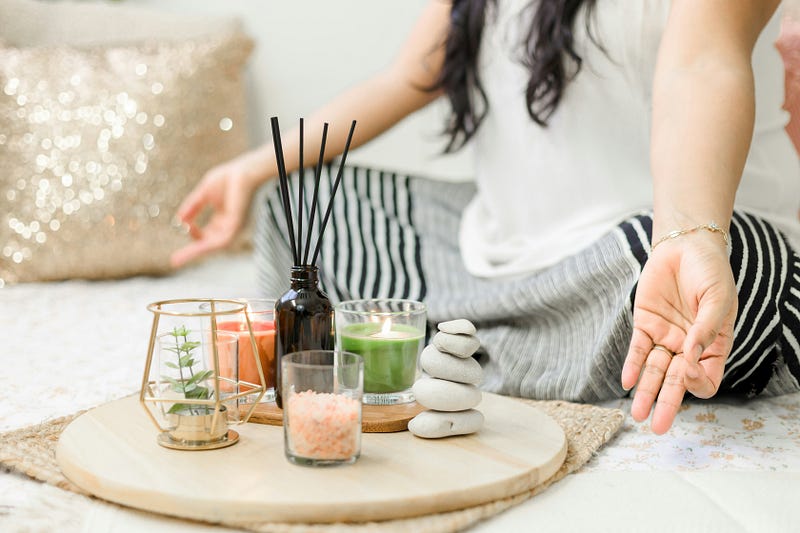Exploring Mindfulness: Meditating Beyond the Calm Surface
Written on
Chapter 1: The Essence of Meditation
Meditation and mindfulness are often perceived as practices meant for tranquil moments. It's common to find a serene spot, perhaps surrounded by nature or in a cozy corner of your home, with calming music from a YouTube channel designed for "enhancing consciousness."
In these peaceful settings, we can easily achieve a state of calm. However, this practice doesn’t truly reflect our everyday experiences. Maintaining that tranquility during hectic times, like rush hour or amidst daily stressors, is a challenge.
When we create a perfect environment for meditation, it does not prepare us for the inevitable pressures of life. It’s crucial to develop strategies to retain our sense of peace when faced with obstacles. For instance, consider public speaking—without practice, we cannot expect to excel. Only through experience do we become more adept and at ease.
“The true essence of meditation lies in how we navigate our lives.” — Jon Kabat-Zinn
To cultivate a calm mindset in challenging situations, we must learn to carry that awareness with us and confront our difficulties directly. Rather than reacting impulsively, we should respond with intention, which often begins with a simple, deep breath.
Section 1.1: The Reality of Meditation
Meditation is not just about sitting in silence; it’s about integrating that sense of peace into our daily lives.

Subsection 1.1.1: Embracing Everyday Challenges
To truly master mindfulness, we must apply it when life gets tough. This requires practice and patience.
Section 1.2: The Journey to Mindfulness
Chapter 2: Practical Mindfulness Techniques
The first video, "SHIFT ON EASY MODE | 5 SENSES METHOD 2.0," delves into practical techniques for incorporating mindfulness into daily life, providing actionable insights to ease your practice.
The second video, "How Meditation Works & Science-Based Effective Meditations | Huberman Lab Podcast #96," explores the scientific foundations of meditation and offers evidence-based strategies for effective practice.
If you enjoyed this exploration of mindfulness, please consider showing your support by clapping for this article. For more insights on a range of topics—including cultural issues, motherhood, and even coding—feel free to follow me. Thank you for your time!